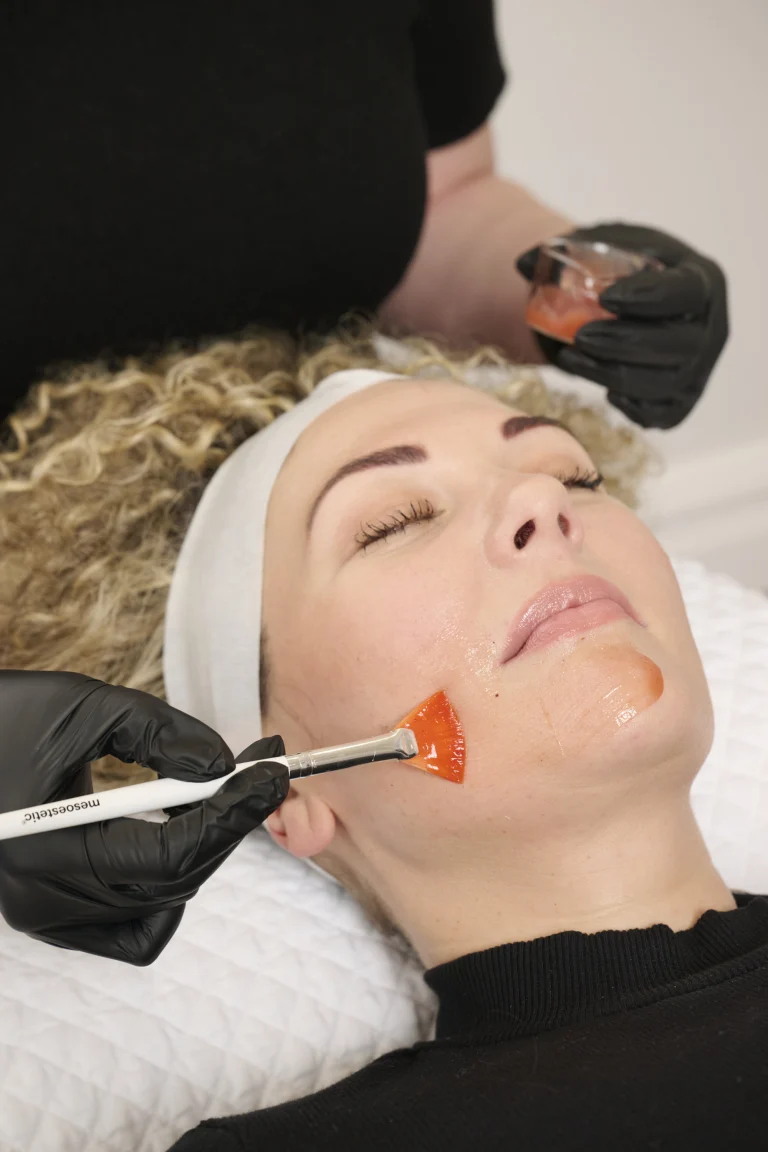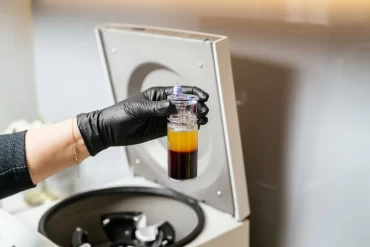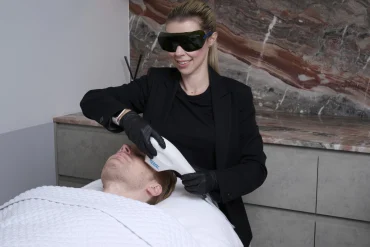Dark circles under eyes

Hollowing, pigmentation or reduced skin quality under the eyes can contribute to the appearance of dark circles.
Dark circles, puffiness, hollowing and changes in skin quality around the eyes are a very common concern. They may affect both men and women at any age and can be influenced by multiple factors including genetics, lifestyle and natural ageing.
While these concerns are not harmful, they can impact confidence and wellbeing. Because the causes vary between individuals, management is often multifactorial and tailored to each person.
In accordance with Therapeutic Goods Administration (TGA) regulations, we are unable to provide detailed information about specific treatments online. Such information may be misinterpreted as the promotion of prescription-only (Schedule 4) medications – this is not permitted under TGA guidelines.
For this reason, a consultation with one of our practitioners is required. During your comprehensive consultation, your practitioner will carefully assess your skin, discuss your concerns, and provide education around suitable treatment options. A personalised treatment plan will then be created to address your individual needs.
Treatment costs will vary depending on your tailored plan and will be discussed with you in detail during your consultation.
FAQs
What are the common causes of dark circles and hollows under the eyes?
Ageing – gradual loss of skin elasticity, volume and bone support can create hollows and shadows under the eyes.
Genetics – inherited traits such as thinner skin, visible vessels or predisposition to puffiness.
Lifestyle factors – lack of sleep, dehydration, smoking, alcohol, high caffeine intake and stress.
Medical influences – conditions such as sinus congestion, allergies, thyroid disease or eczema can contribute.
Vascular and pigment changes – visible vessels or areas of hyperpigmentation may give a darker appearance.
Lymphatic drainage – fluid retention under the eyes can cause swelling, which is often more noticeable in the morning.
How can I prevent dark circles and under eye hollows?
For many people, small adjustments can assist in managing symptoms:
Adequate rest and regular sleep routines
Elevating the head during sleep to minimise fluid pooling
Using sunglasses and SPF to protect delicate under-eye skin
Avoiding excessive rubbing of the eyes
Managing allergies or sinus issues with medical guidance
Maintaining hydration and a balanced diet
Reducing smoking, alcohol and caffeine
What are our recommended treatments?
At Youth Lab, a consultation is always the first step. Our team will assess the contributing factors and provide a personalised plan. Because each case is different, a combination of approaches may be considered to help improve the appearance of the under-eye area.
Options may include:
Medical-grade topical products – cosmeceutical eye creams containing active ingredients such as antioxidants, vitamin C, niacinamide or peptides may help support skin firmness and even tone.
Energy-based and light therapies – such as BBL Corrective, skin tightening devices, or LED therapy, which may assist with redness, pigmentation or overall skin quality.
Collagen-stimulating treatments – modalities like skin needling, radiofrequency microneedling or PRP can be considered for overall skin support.
Laser resurfacing – fractional resurfacing (e.g. Halo) may be discussed for textural changes and fine lines.
Referral pathways – in some cases, surgical consultation (blepharoplasty) may be appropriate for excess skin laxity or prominent under-eye fat pads.
Please note:
Treatment outcomes vary between individuals.
Dark circles often result from a combination of factors, so management usually involves more than one approach.
No treatment can guarantee complete resolution, but many people may see improvements in skin quality or the appearance of the eye area with a tailored plan.
A consultation is essential to assess suitability and discuss options.



